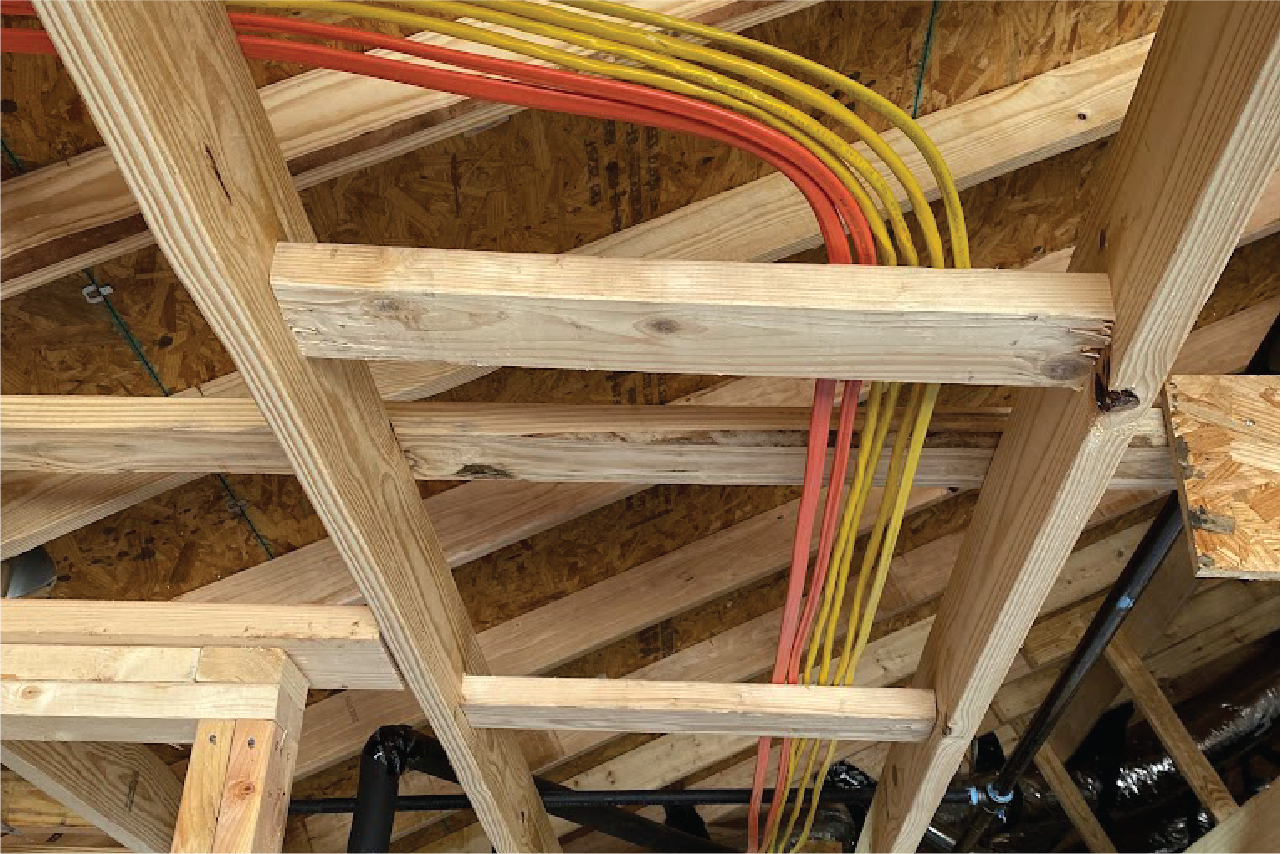A Homeowner’s Guide to Ceiling Fan Installation
Installing a ceiling fan is a great way to enhance the comfort and energy efficiency of your home. Whether you’re looking to improve air circulation, lower your cooling costs, or add a stylish element to your room, a ceiling fan can be a valuable addition. Here’s a step-by-step guide to help homeowners install a ceiling fan safely and effectively.
Step 1: Gather Your Tools and Materials
Before you begin, make sure you have all the necessary tools and materials on hand. Here’s a list of what you’ll need:
- Ceiling fan kit
- Screwdrivers (Phillips and flathead)
- Pliers
- Wire strippers
- Voltage tester
- Ladder
- Electrical tape
- Circuit tester
- Wrench or adjustable pliers
Step 2: Turn Off the Power
Safety first! Turn off the power to the existing ceiling light or fan at the circuit breaker. Use a voltage tester to ensure the power is off before you start working. This step is crucial to prevent electrical shock.
Step 3: Remove the Existing Fixture
Carefully remove the old light fixture or fan. Start by unscrewing the fixture and gently pulling it away from the ceiling to expose the wiring. Disconnect the wires by unscrewing the wire nuts and separating the wires.
Step 4: Install the Ceiling Fan Bracket
Most ceiling fan kits come with a mounting bracket. Attach this bracket to the electrical box in the ceiling using the screws provided. Ensure the bracket is securely fastened, as it will support the weight of the fan.



Step 5: Assemble the Ceiling Fan
Follow the manufacturer’s instructions to assemble the ceiling fan. Typically, this involves attaching the blades to the motor housing and assembling any additional components such as the light kit or decorative elements.
Step 6: Connect the Wiring
Carefully match the wires from the ceiling fan to the corresponding wires in the ceiling. Generally, you will have a black (or red) wire for the fan, a blue wire for the light (if your fan has one), a white wire for neutral, and a green or bare wire for grounding. Use wire nuts to secure the connections and wrap them with electrical tape for added safety.
Step 7: Attach the Fan to the Ceiling
Lift the assembled fan and hook it onto the mounting bracket. Once securely hooked, use the provided screws to attach the fan to the bracket. Ensure all screws are tightened properly to prevent any wobbling.
Step 8: Install the Fan Blades
Attach the fan blades to the motor using the screws provided. It’s essential to follow the manufacturer’s instructions for blade installation, as improper attachment can cause the fan to wobble.
Step 9: Install Any Additional Features
If your fan includes a light kit or other accessories, install them according to the manufacturer’s instructions. Ensure all connections are secure and components are properly fastened.
Step 10: Turn On the Power and Test the Fan
Turn the power back on at the circuit breaker. Use the fan’s remote control or wall switch to test the fan and light (if applicable). Check for proper operation and ensure the fan runs smoothly without any wobbling or noise.
Conclusion
Installing a ceiling fan can be a rewarding DIY project that enhances your home’s comfort and style. By following this step-by-step guide, homeowners can safely and effectively install a ceiling fan. Remember to prioritize safety by turning off the power, using the right tools, and following the manufacturer’s instructions closely. With your new ceiling fan in place, you can enjoy improved air circulation and energy savings year-round.


0 Comments